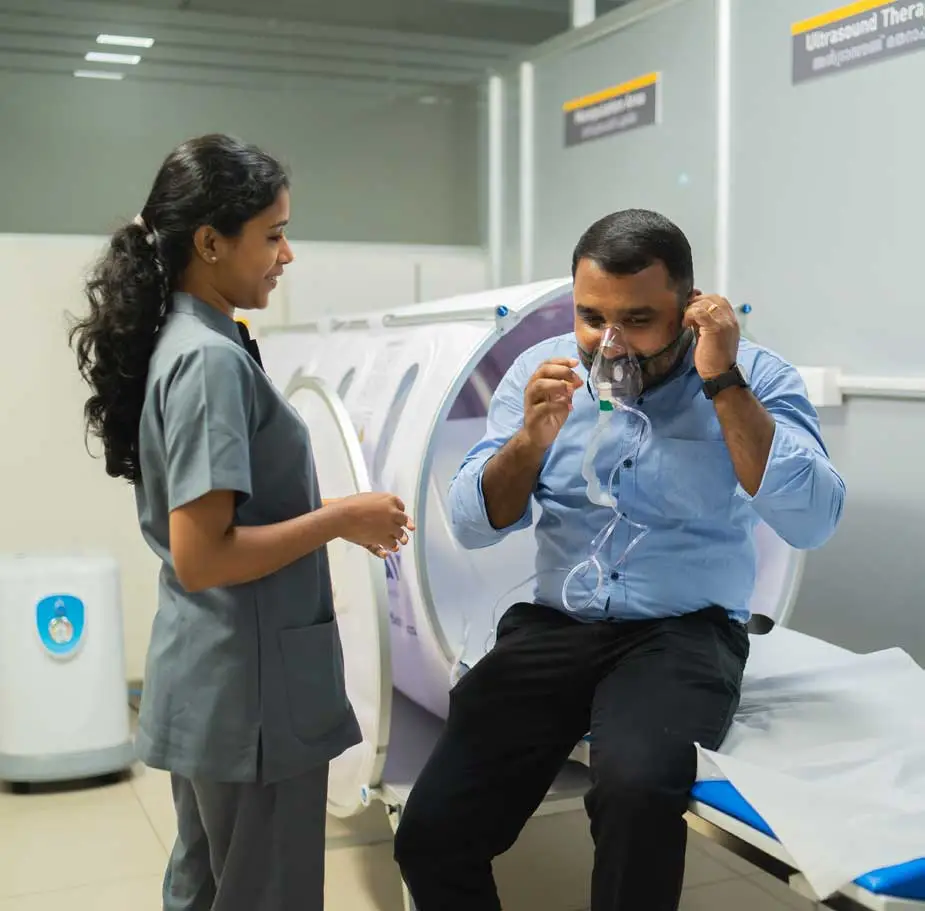Burns
Symptoms
Symptoms of burns wounds may include:
First-Degree Burns:
- Pain:
- Intense pain at the burn site.
- Redness:
- Immediate redness at the burn site.
- Minor Swelling:
- Mild swelling in the affected area
Second-Degree Burns:
- Pain:
- Intense pain at the burn site.
- Blisters:
- Formation of fluid-filled blisters.
- Deeper Redness:
- More pronounced redness extending beyond the immediate burn area.
- Peeling Skin:
- Skin may peel as the burn heals.
Third-Degree Burns:
- Numbness:
- Loss of sensation in the affected area.
- White or Charred Skin:
- Changes in skin color, ranging from white to charred.
- Shock Symptoms:
- Weakness, rapid pulse, and shallow breathing.
- Difficulty Breathing or Coughing:
- Respiratory distress, especially in cases of smoke or chemical exposure.
- Scarring:
- Formation of scars as the burn heals.
Causes
Causes for burn may include:
Diagnosis
Treatments
Patient education forms the cornerstone of effective burn care, aiming to minimize complications by emphasizing proper rest and restricting movement on the affected side. In acute cases, such as those six months old, patients can initiate initial pain management through self-application of ice and avoiding pressure on the affected area. Complementary modalities like IFT, TENS, and Ultrasound play a crucial role in pain management strategies. Manual therapy incorporates mobilization techniques designed to enhance joint range of motion by addressing capsular tightness.
Our Wound Healing Program Burn embraces a holistic approach to optimize recovery and well-being. Central to our strategy is Hyperbaric Oxygen Therapy (HBOT), a cutting-edge treatment that accelerates wound healing by promoting cell regeneration. Complemented by tailored Exercises & Rehabilitation, the program focuses on rebuilding strength and enhancing mobility post-burn. Lifestyle Management strategies provide a supportive environment for healing, addressing both physical and emotional aspects. Additionally, Diet and Nutrition Management ensures patients receive essential nutrients crucial for tissue repair and overall recovery. This comprehensive approach reflects our commitment to effective burn care, promoting healing from within, and improving the overall quality of life for our patients.

